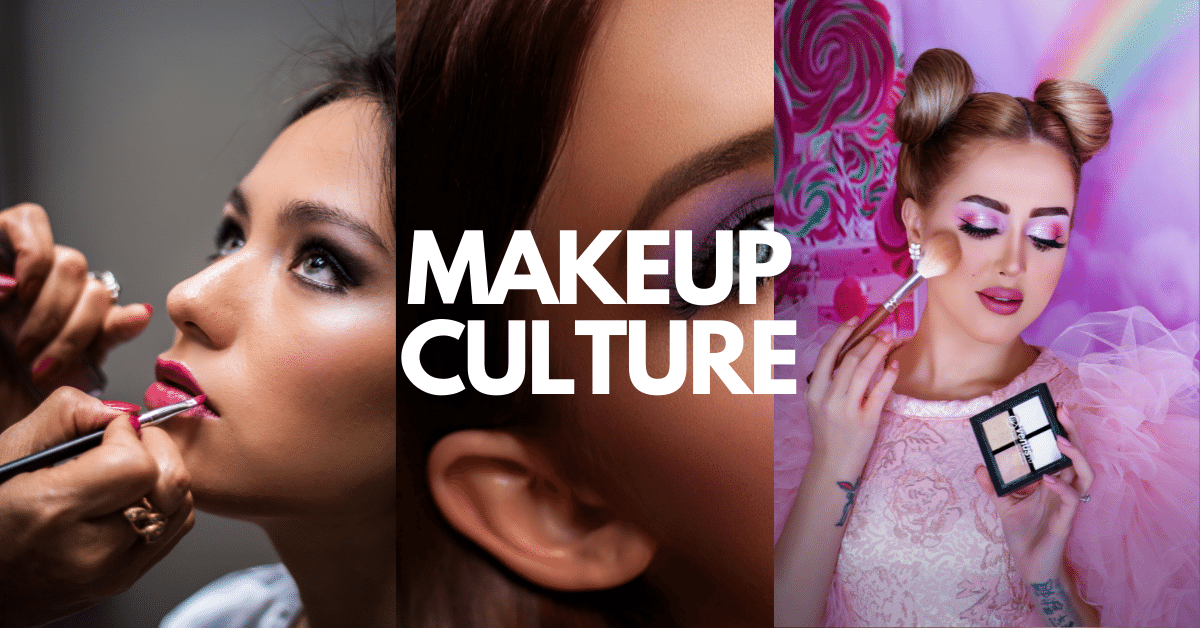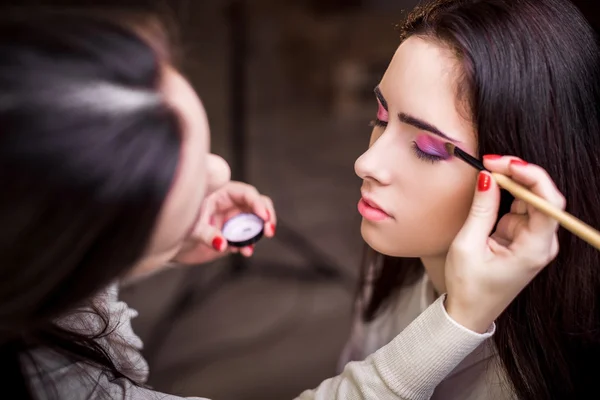makeup culture : Exploring Its Diverse Aspects, Traditions, and Modern Influences
Cosmetics has evolved beyond its role as a simple beauty enhancer to become a cultural phenomenon deeply rooted in history, identity, and self-expression. Across civilizations, it has served as a symbol of status, tradition, and even resistance. Today, cosmetics culture blends time-honored customs with modern innovations, reflecting society's evolving beauty standards and technological advancements. This article explores the diverse aspects of cosmetics culture, its rich traditions, and the modern influences shaping its future.#describe the different aspects that makeup culture.
The Historical Foundations of Cosmetics Culture
The origins of cosmetics date back to ancient civilizations, where it served both functional and symbolic roles.
- Ancient Egypt: Egyptians used cosmetics not only for aesthetic purposes but also for spiritual and medicinal benefits. Kohl eyeliner was applied to reduce glare from the sun and protect against evil spirits. Green malachite and red ochre were used as eyeshadow and lip stains, signifying wealth and divine protection.#describe the different aspects that makeup culture.
- Ancient China: During the Tang Dynasty, women used white face powders, red lips, and intricate floral forehead patterns to signify nobility and grace. The color red was associated with luck and prosperity.
- Ancient Japan: Geishas developed an elaborate makeup style, featuring a stark white-painted face, red lips, and precisely drawn eyebrows, symbolizing beauty and sophistication in Japanese culture.
- Indigenous Cultures: Many indigenous tribes used plant-based pigments for ceremonial face painting. These designs represented social status, spiritual beliefs, or preparation for war.
Throughout history, cosmetics have been more than just a beauty tool—they have been a reflection of cultural identity and social standing.
Cultural Practices and Symbolism in Cosmetics
Makeup traditions vary significantly across regions, each carrying deep-rooted significance.
- India: Cosmetics play a vital role in religious ceremonies and weddings. The use of kajal (kohl) enhances the eyes, while sindoor (a red powder applied to the hair parting) signifies marriage. Brides adorn themselves with bold lip colors, henna designs, and gold accents to symbolize prosperity and joy.
- Middle Eastern Cultures: Kohl has been a beauty staple for centuries, not only for beautification but also for its believed protective qualities. The emphasis on eye makeup remains a defining characteristic of Middle Eastern beauty standards.
- Western Beauty Evolution: In the Victorian era, cosmetics were frowned upon and associated with vanity. However, by the 20th century, Hollywood glamorized bold lipsticks and defined eyebrows, making makeup an everyday essential.
Each culture weaves its own narrative through cosmetics, reinforcing its significance beyond mere appearance.
Cosmetics as a Medium of Self-Expression
In today’s society, cosmetics have evolved into a powerful tool for self-expression.
- Artistic Makeup: The rise of social media platforms like Instagram and TikTok has led to the popularity of experimental makeup. Bold graphic liners, neon eyeshadows, and face embellishments are now celebrated as art forms.
- Breaking Gender Norms: Makeup is no longer confined to women. The rise of male beauty influencers and gender-fluid makeup artists has revolutionized the industry, proving that makeup is for everyone.
- Drag Culture: The LGBTQ+ community, particularly drag artists, has played a significant role in pushing the boundaries of makeup artistry. Exaggerated features, contouring, and bold colors have redefined beauty standards.
Makeup today represents freedom, creativity, and the ability to challenge societal norms.
The Influence of Technology and Social Media on Cosmetics Culture
The digital age has transformed how we perceive and use cosmetics.#describe the different aspects that makeup culture.
- Influencer Impact: Beauty influencers and YouTubers have become the new tastemakers of the industry. Tutorials, product reviews, and viral trends dictate consumer preferences.
- Augmented Reality (AR) in Beauty: Virtual try-on features allow consumers to experiment with makeup shades before purchasing, making shopping more interactive.
- Artificial Intelligence (AI) and Personalization: AI-powered beauty apps recommend products tailored to individual skin tones and concerns, enhancing user experience.
- Global Accessibility: The rise of e-commerce has made international beauty brands more accessible, allowing consumers to explore diverse beauty cultures worldwide.
Technology has revolutionized how cosmetics are marketed, purchased, and applied, making them more inclusive and innovative.
Modern Trends Shaping the Cosmetics Industry
The beauty industry is constantly evolving, embracing trends that cater to both tradition and innovation.
- Minimalist Makeup (Skinimalism): Emphasizing natural beauty, lightweight products, and a "less is more" approach.
- Sustainable and Cruelty-Free Beauty: Brands are prioritizing ethical sourcing, biodegradable packaging, and vegan formulations.
- Inclusivity in Beauty: With brands like Fenty Beauty expanding shade ranges, diversity in beauty is becoming a priority.
- Retro Revival: Vintage-inspired trends, such as 90s brown lip liners and 80s pastel eyeshadows, are making a comeback.
- Experimental and Bold Looks: From neon liners to face gems, bold makeup is dominating Gen Z trends.
These trends reflect a balance between sustainability, inclusivity, and artistic expression.
The Cultural and Psychological Impact of Cosmetics
Makeup is more than just a physical transformation—it holds deep psychological significance.#describe the different aspects that makeup culture.
- Boosting Confidence: Studies suggest that wearing makeup can enhance self-esteem and make individuals feel more empowered.
- Cultural Identity: Traditional makeup practices connect people to their heritage and cultural roots.
- Breaking Beauty Stereotypes: Representation in beauty campaigns challenges outdated norms, promoting acceptance of all skin tones, genders, and identities.
Makeup has the power to shape self-perception, challenge societal expectations, and create a sense of belonging.
The Future of Cosmetics Culture
As cosmetics culture continues to evolve, the future promises even greater innovation and inclusivity.
- Biotechnology in Beauty: Personalized, adaptive cosmetics that adjust to skin chemistry and environmental conditions could redefine makeup.
- Sustainable Advancements: Eco-friendly alternatives will likely dominate the market, reducing environmental impact.
- Fusion of Tradition and Innovation: Cultural heritage will continue to inspire modern beauty trends, blending history with contemporary aesthetics.
Cosmetics culture is ever-changing, reflecting the values, beliefs, and aspirations of each generation.
Conclusion
Cosmetics culture is a rich tapestry woven from history, tradition, and modern innovation. From ancient beauty rituals to today’s cutting-edge trends, makeup serves as a medium of self-expression, cultural identity, and empowerment. As technology advances and societal perspectives shift, the evolution of cosmetics will continue to inspire, challenge norms, and redefine beauty across the world.#describe the different aspects that makeup culture.


